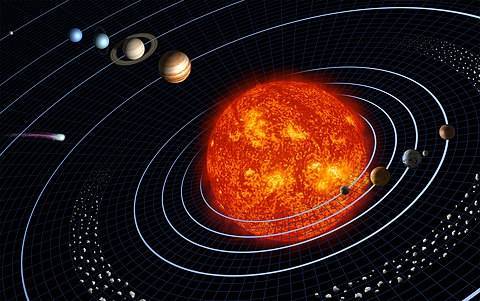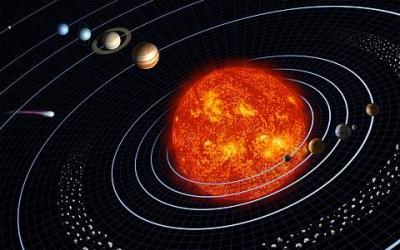The Hubble Space Telescope has observed the smallest known exoplanet that contains water in its atmosphere, according to a Thursday announcement by NASA and the European Space Agency. Laura Kreidberg, a co-director of the research from the Max Planck Institute for Astronomy in Germany, explained that "detecting water on such a small planet is a historic discovery, and it brings us closer than ever to truly Earth-like worlds."
The planet GJ 9827d, which measures about twice the diameter of Earth, is located in the constellation Pisces, 97 light-years away, equivalent to more than 900 trillion kilometers, according to a statement from NASA and the European Space Agency. Officials from both agencies described this planet as resembling either a "small Neptune" with a hydrogen-rich atmosphere full of water or a warmer version of Jupiter’s moon Europa, which has twice the amount of water beneath its surface compared to Earth.
Bjorn Benneke from the University of Montreal, who participated in managing the research, noted that "GJ 9827d may be composed of equal parts water and rock." He suggested that there is "lots of water vapor on the small rocky masses."
He added, "Until today, we haven’t been able to directly observe the atmosphere of such a small planet, and we are gradually arriving at this point." Hubble successfully analyzed the wavelengths of colors in the atmosphere of GJ 9827d over three years when light from the star it orbits filtered through its atmosphere, allowing it to detect water molecules.
Although this planet has an atmosphere rich in water, its temperature of 425 degrees Celsius makes it uninhabitable. However, this discovery paves the way for further studies on GJ 9827d and similar planets, especially using the James Webb Space Telescope, which can utilize its high-resolution infrared images to search for other atmospheric molecules such as carbon dioxide and methane.




